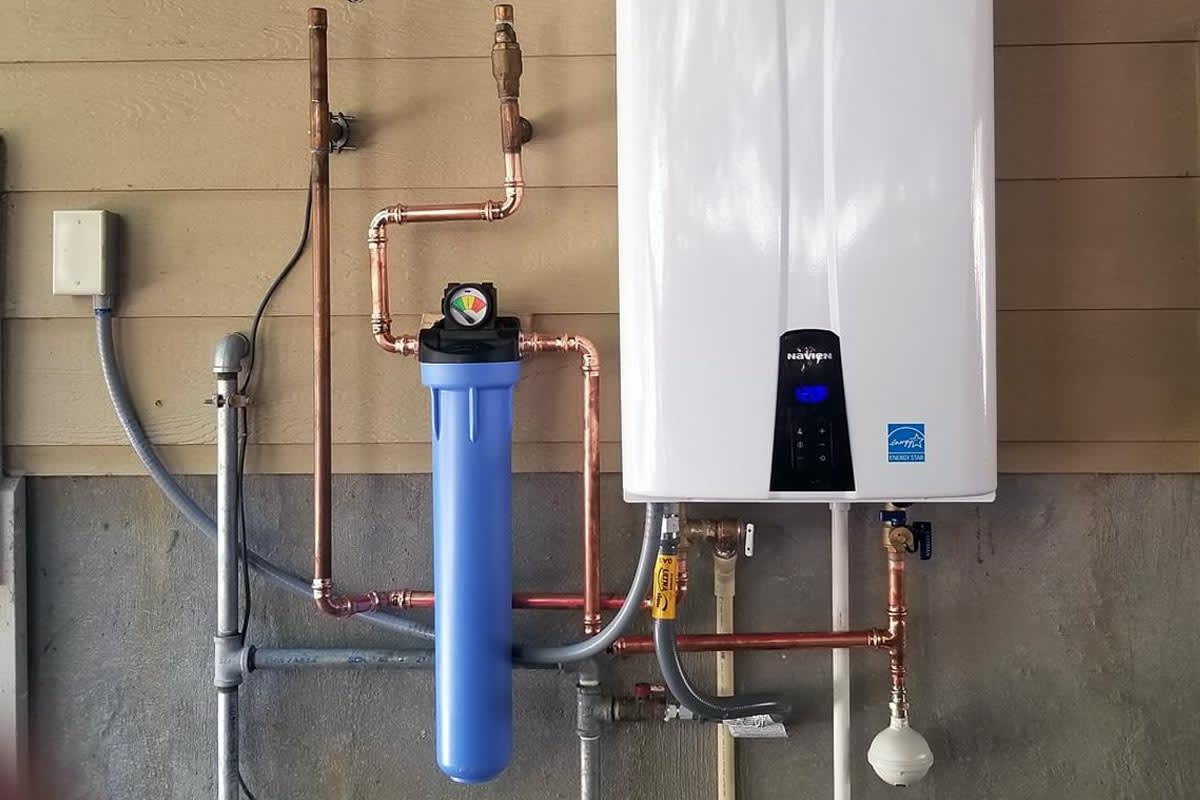Effective Techniques for Maintaining Your Home's Hot Water System
Effective Techniques for Maintaining Your Home's Hot Water System
Blog Article
This article further down involving What Kind of Maintenance Do Water Heaters Need? is definitely enlightening. You should check it out.

Hot water is important for everyday convenience, whether it's for a revitalizing shower or washing meals. To guarantee your warm water system runs successfully and lasts much longer, normal maintenance is key. This short article offers functional ideas and insights on exactly how to preserve your home's warm water system to prevent interruptions and expensive repair services.
Intro
Keeping your home's warm water system could appear overwhelming, yet with a couple of straightforward actions, you can guarantee it runs efficiently for many years to find. This guide covers whatever from understanding your hot water system to DIY maintenance ideas and understanding when to hire specialist help.
Importance of Maintaining Your Hot Water System
Regular upkeep not just expands the life-span of your warm water system yet also ensures it operates efficiently. Neglecting maintenance can lead to lowered performance, greater power costs, and also early failure of the system.
Signs Your Hot Water System Demands Maintenance
Understanding when your warm water system needs focus can prevent significant issues. Keep an eye out for indications such as irregular water temperature level, strange sounds from the heater, or corroded water.
Recognizing Your Hot Water System
Prior to diving into upkeep tasks, it's handy to understand the fundamental components of your hot water system. Commonly, this includes the hot water heater itself, pipelines, anode rods, and temperature level controls.
Regular Monthly Upkeep Tasks
Regular month-to-month checks can help capture small problems prior to they escalate.
Purging the Water Heater
Flushing your hot water heater removes sediment build-up, improving effectiveness and lengthening its life.
Checking and Replacing Anode Rods
Anode poles prevent rust inside the container. Examining and changing them when broken is important.
Evaluating and Adjusting Temperature Setups
Adjusting the temperature setups makes sure optimal efficiency and safety.
Do It Yourself Tips for Maintenance
You can do several maintenance jobs yourself to maintain your hot water system in top problem.
Checking for Leakages
Routinely evaluate pipes and links for leakages, as these can result in water damage and greater costs.
Evaluating Stress Alleviation Valves
Evaluating the stress safety valve guarantees it functions properly and prevents extreme stress buildup.
Protecting Pipelines
Protecting warm water pipes minimizes warmth loss and can save energy.
When to Call a Specialist
While DIY maintenance is valuable, some issues need specialist expertise.
Complicated Problems Calling For Professional Assistance
Instances consist of significant leakages, electric troubles, or if your hot water heater is continually underperforming.
Regular Expert Maintenance Perks
Expert maintenance can include comprehensive evaluations, tune-ups, and guaranteeing compliance with security requirements.
Conclusion
Regular maintenance of your home's hot water system is essential for efficiency, long life, and price financial savings. By complying with these suggestions and understanding when to seek expert aid, you can make certain a reliable supply of hot water without unexpected disruptions.
Water Heater Maintenance Tips
Test the TPR Valve
Shut off the power and the cold-water supply valve. Place a bucket under the pipe connected to the temperature-pressure-release (TPR) valve on the top or side of the tank. (This valve opens if the tank pressure gets too high.) Lift the valve’s tab to let some water out, then let go. If water keeps flowing, drain the tank partway, unscrew the old valve with a pipe wrench, and install a new one. Check the Anode Rod
Put a hose to the tank’s drain cock and let out a few gallons of water. Now fit a 1 1/16-inch socket onto the rod’s hex head on top of the heater (or under its top plate) and unscrew the rod. If it’s less than ½ inch thick or coated with calcium, buy a new one, wrap its threads with Teflon tape, put it back in the tank, and tighten securely. Use this segmented rod if headroom above the tank is limited. Drain the Tank and Wash Out Sediment
Drain the remaining water in the tank into the bucket, then stir up the sediment on the tank’s bottom by briefly opening the cold-water supply valve. Drain and repeat until clean water comes out of the hose. Close the drain cock, refill the tank, and turn its power back on. Adjust the Temperature
Find the temperature dial on the side of the tank and unscrew its cover. Adjust the dial to 120 degrees using a flathead screwdriver. For every 10 degrees the temperature is lowered, you can expect to save up to 5 percent in energy costs. Turn the water heater off or the thermostat down to its lowest setting if you plan to be away from home for more than three days. Insulate the Pipes
Buy some self-sticking 3/8-inch-thick foam pipe insulation that matches the pipes’ diameter. Slide the foam over the hot-and cold-water pipes as far as you can reach. Insulating the cold-water pipe prevents condensation in summer. Peel the tape and squeeze the insulation closed. If the pipe is 6 inches or less from the flue, cover it with 1-inch-thick unfaced fiberglass pipe wrap. https://www.thisoldhouse.com/plumbing/21016402/how-to-maintain-a-water-heater

Hopefully you enjoyed reading our section about What Kind of Maintenance Do Water Heaters Need?. Thanks so much for finding the time to browse our blog post. So long as you enjoyed our post if you please do not forget to pass it around. We take joy in reading our article about What Kind of Maintenance Do Water Heaters Need?.
View Website Report this page